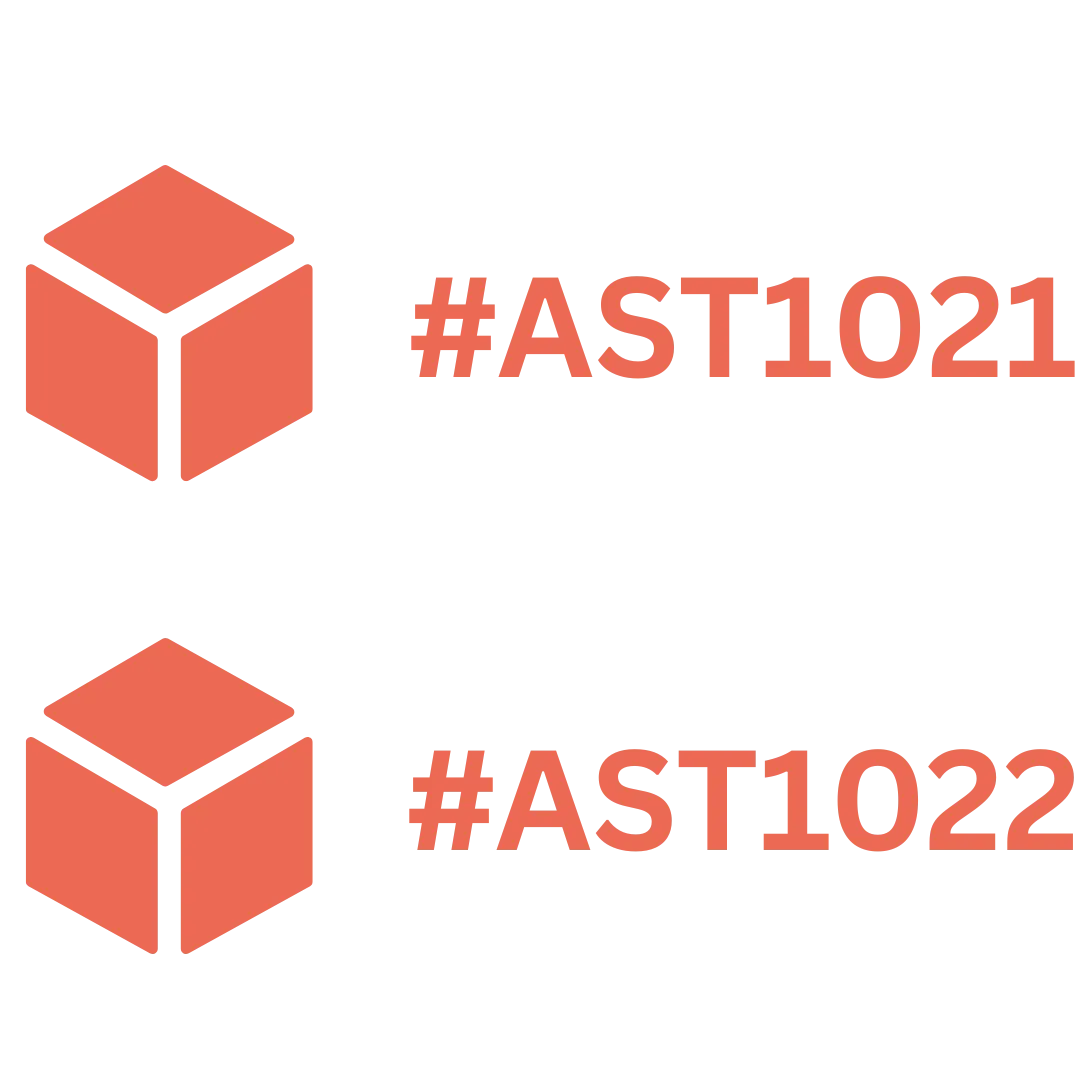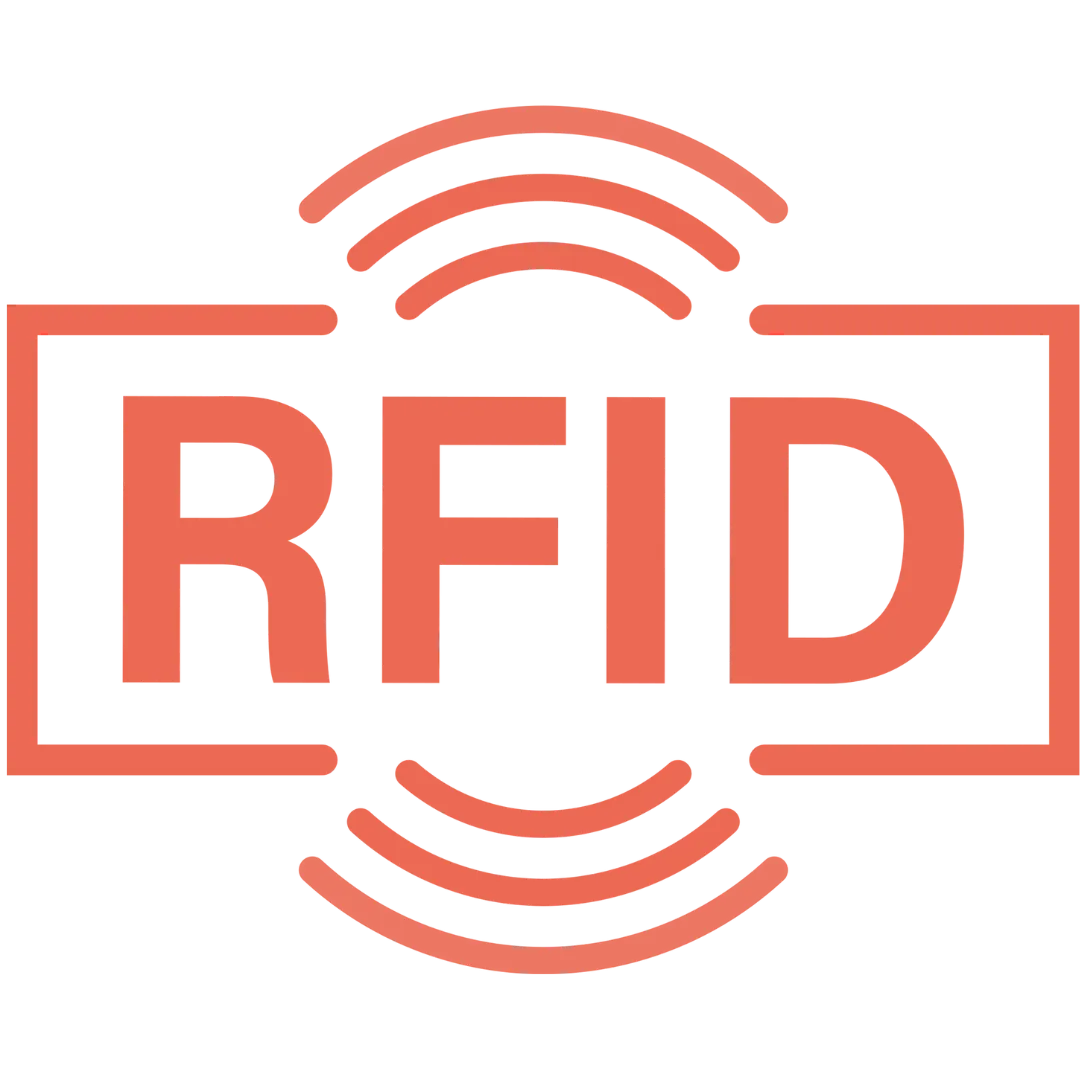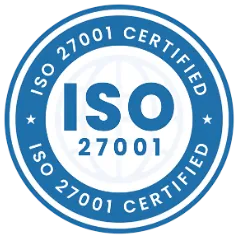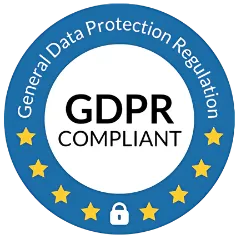In today's fast-paced business environment, effective asset tracking is essential for ensuring operational efficiency, reducing costs, and maximizing the lifespan of critical resources. From IT equipment to vehicles, office supplies to machinery, keeping tabs on assets can be a daunting task, especially as businesses grow. Traditionally, many organizations have relied on spreadsheets for asset tracking due to their simplicity and accessibility. However, as the complexity of managing assets increases, so does the need for more sophisticated solutions. In this blog, we will explore the role of spreadsheets in asset tracking, analyze their pros and cons, and discuss when it might be time to transition to a dedicated asset tracking software.
The Role of Spreadsheets in Asset Tracking
Spreadsheets, particularly those created in Excel, have long been a staple for businesses of all sizes when it comes to asset tracking. Their flexibility and ease of use make them an attractive option for organizations that need a quick and cost-effective way to manage their assets. Spreadsheets allow businesses to create customized asset tracking systems tailored to their specific needs, providing a centralized place to store and manage data on everything from purchase dates to maintenance schedules.
Many businesses start with asset tracking spreadsheets because they are:
- Cost-Effective: Excel comes as part of the Microsoft Office suite, which is widely used across organizations, making it a cost-effective tool for asset tracking without needing additional investments.
- Customizable: Spreadsheets can be customized to fit the unique requirements of an organization, allowing businesses to define specific fields, formulas, and reports that are relevant to their asset management needs.
- Familiar: Most employees are already familiar with Excel, reducing the need for extensive training and allowing for quick implementation of an asset tracking system.
What Are the Pros and Cons of Using Excel Spreadsheets for Asset Tracking?
While spreadsheets offer several advantages, they also come with significant limitations that can hinder effective asset management, especially as organizations scale. Here's a closer look at the pros and cons:
Pros
- Flexibility: Excel allows for a high degree of customization, letting users create templates that match their specific asset tracking needs.
- Accessibility: Spreadsheets are easy to set up and use, and most employees are already familiar with the software.
- Cost: Since Excel is typically included in the Microsoft Office suite, it doesn't require additional purchases, making it a low-cost solution for asset tracking.
- Simple Reporting: Excel's built-in functions and formulas make it relatively easy to generate basic reports and summaries of asset data.
Cons
- Scalability Issues: As the number of assets grows, managing them within a spreadsheet becomes increasingly complex and time-consuming, leading to potential errors.
- Data Integrity: Spreadsheets are prone to human error, such as accidental data deletion, duplication, or incorrect entries, which can compromise the accuracy of asset tracking.
- Limited Collaboration: While Excel offers some collaborative features, they are often not sufficient for larger teams, leading to issues with version control and data consistency.
- Lack of Real-Time Tracking: Spreadsheets require manual updates, meaning they cannot provide real-time information on asset status, location, or condition.
- Security Concerns: Spreadsheets can be difficult to secure, particularly when multiple users need access, increasing the risk of unauthorized changes or data breaches.
Transitioning from Spreadsheets to Asset Tracking Software
Given the limitations of spreadsheets, many organizations find that they eventually outgrow this method of asset tracking. Transitioning to dedicated asset tracking software offers several key advantages:
- Enhanced Accuracy and Automation: Asset tracking software automates many of the manual processes involved in using spreadsheets, reducing the risk of errors and ensuring more accurate data.
- Real-Time Tracking: Unlike spreadsheets, asset tracking software can provide real-time updates on the status and location of assets, enabling faster and more informed decision-making.
- Scalability: Asset tracking software is designed to handle large volumes of data and can easily scale with your business as it grows, ensuring that your tracking system remains effective over time.
- Improved Collaboration: Software solutions often come with built-in collaboration features, allowing multiple users to access and update information simultaneously without the risk of data inconsistencies.
- Seamless Integration with Other Systems: One of the significant advantages of moving away from Excel is the ability to integrate your asset tracking system with other software already in use within your organization. Asset tracking software can easily integrate with ERP (Enterprise Resource Planning), CRM (Customer Relationship Management), accounting software, and other enterprise systems, enabling seamless data sharing and reducing the need for redundant data entry. This integration helps maintain data consistency across different platforms, ensures that everyone in the organization is working with the most up-to-date information, and allows for better decision-making based on comprehensive data from multiple sources.
- Security: Asset tracking software offers robust security features, including user permissions and data encryption, to protect sensitive information and prevent unauthorized access.
- Advanced Reporting and Analytics: Asset tracking software provides advanced reporting and analytics capabilities, giving businesses deeper insights into asset performance, utilization, and maintenance needs.
- Reduced Redundancy: By integrating with other business systems, asset tracking software minimizes data redundancy and inconsistencies that often arise from using disconnected spreadsheets. This not only saves time but also reduces the likelihood of errors caused by having to update multiple systems manually.
Also Read: Maximizing Hospitality Efficiency by Eliminating Spreadsheets
Conclusion
While spreadsheets may serve as a useful starting point for asset tracking, they often fall short as organizations grow and their asset management needs become more complex. Transitioning to dedicated asset tracking software can provide your business with the tools it needs to manage assets more effectively, improve accuracy, and make more informed decisions. By investing in the right solution, you can ensure that your asset management practices are aligned with your long-term business goals.
Frequently Asked Questions (FAQs)
Are spreadsheets still used in organizations?
Yes, spreadsheets are still widely used in organizations for various purposes, including asset tracking. However, their use is increasingly being supplemented or replaced by more specialized software solutions that offer greater functionality and scalability.
What are the limitations of asset tracking spreadsheets?
The primary limitations of asset tracking spreadsheets include scalability issues, a higher likelihood of human error, limited collaboration capabilities, lack of real-time data, and security concerns. These challenges often prompt organizations to seek more robust solutions.
When should I consider switching from a spreadsheet to asset tracking software?
If your organization is experiencing frequent errors, difficulty managing large volumes of assets, or the need for real-time tracking and advanced reporting, it may be time to consider switching to asset tracking software. This transition can help improve accuracy, efficiency, and security in your asset management processes.

















































.webp)
.webp)
.webp)
.webp)
.webp)
.webp)
.webp)
.webp)
.webp)

.svg)




.webp)
.webp)











































.png)

.webp)



















